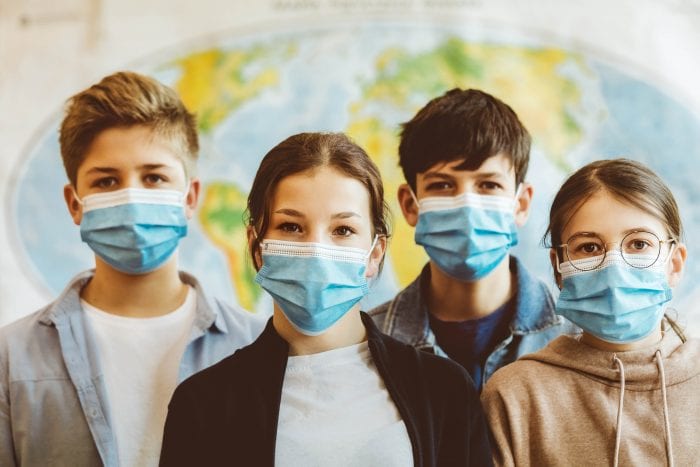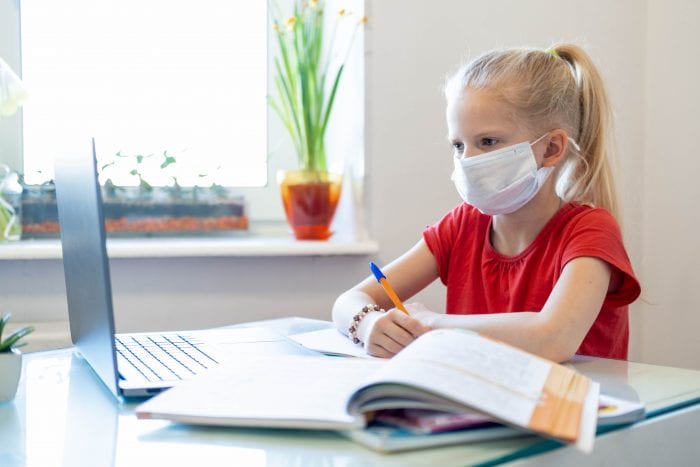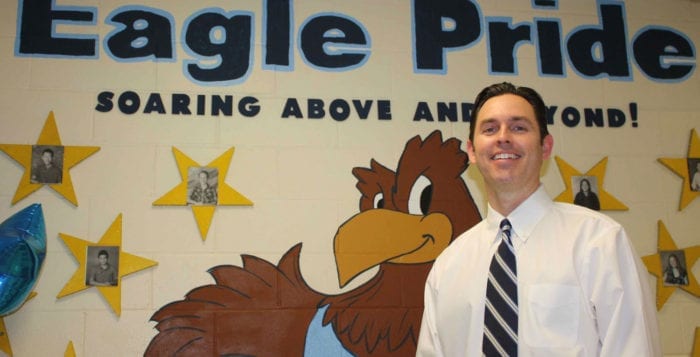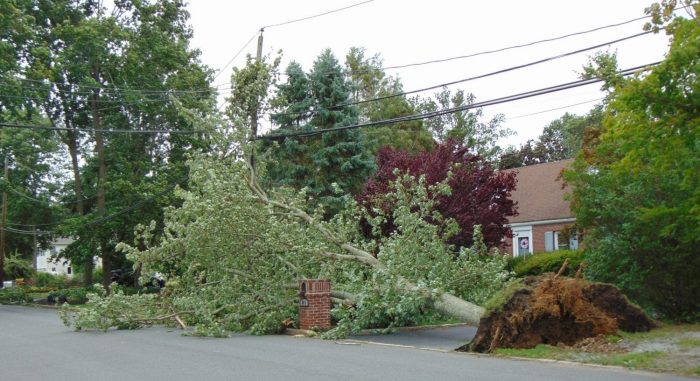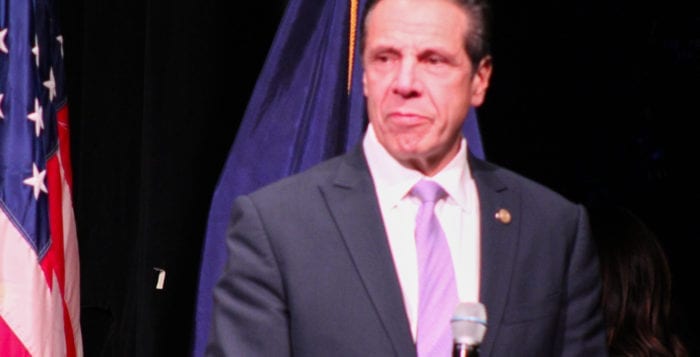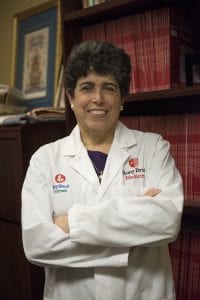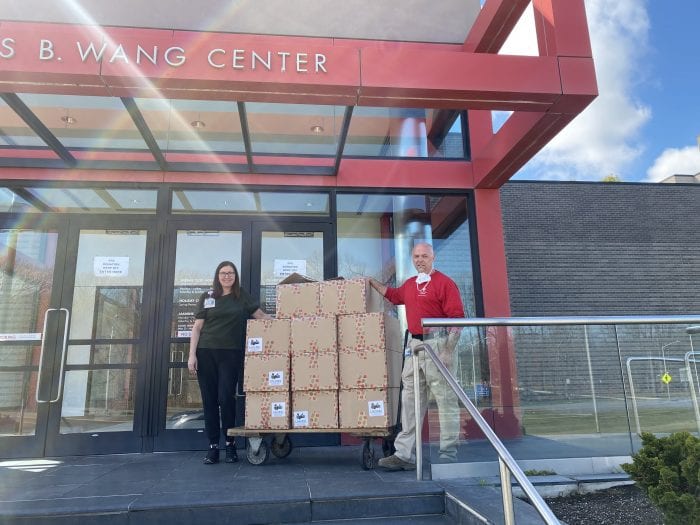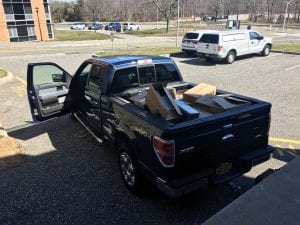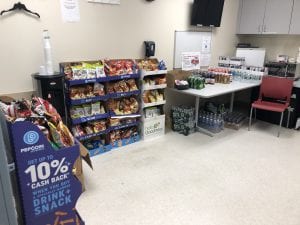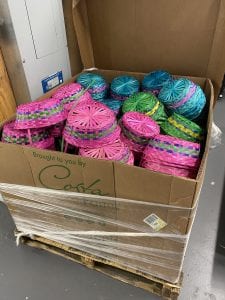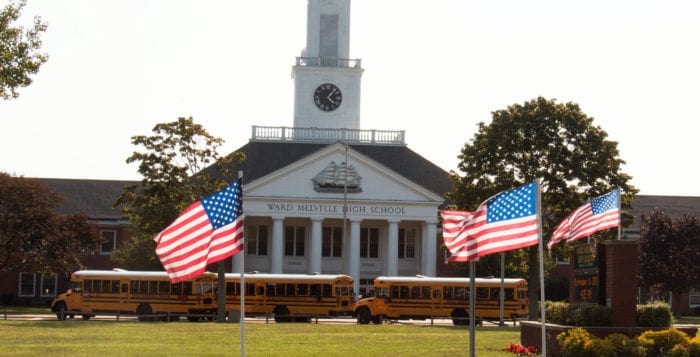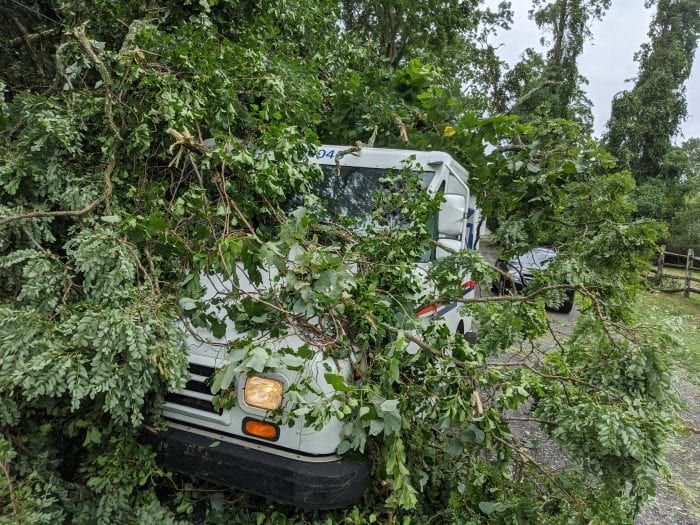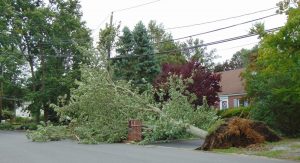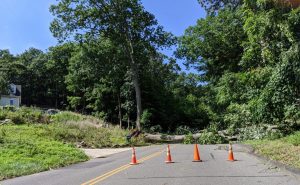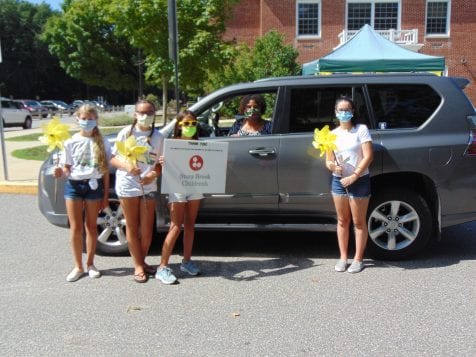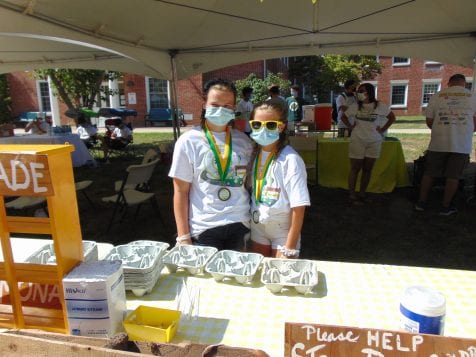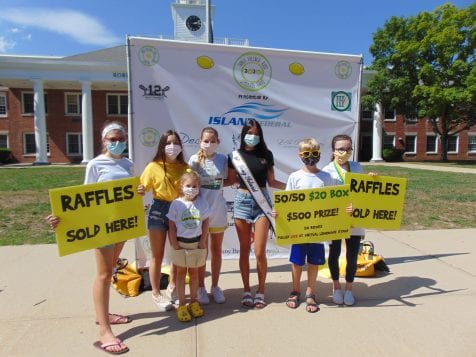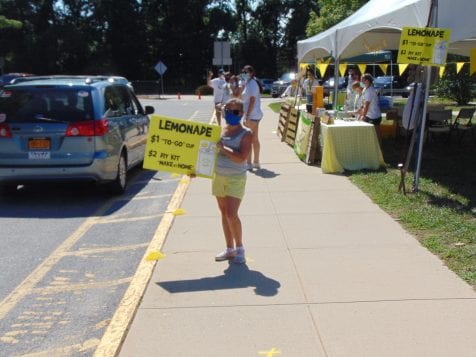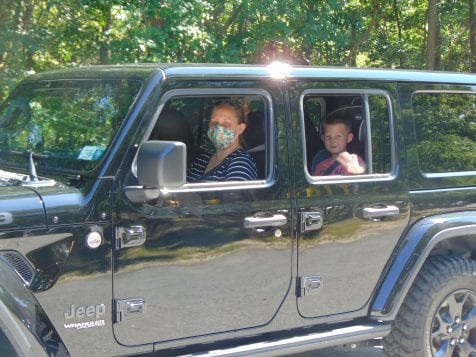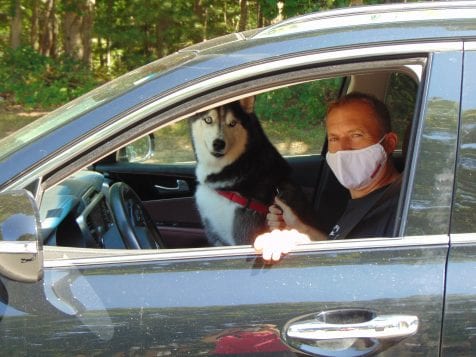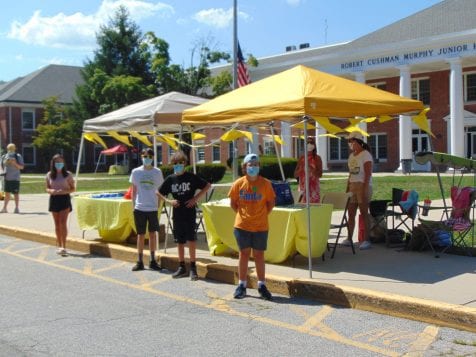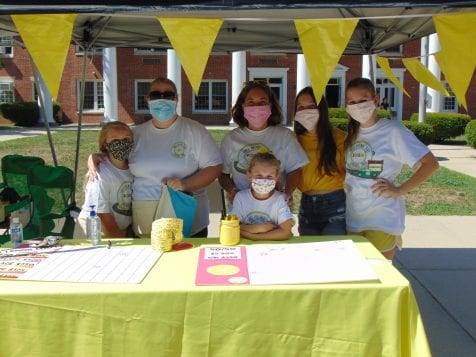Schools have been releasing their reopening plans — ranging from students attending full time to hybrid models — and many parents and teachers are buzzing with concerns.
We’re disappointed that some of our local districts did not reveal their reopening plans until the state deadline of July 31. We understand the massive undertaking it was to craft these plans and the number of people on committees involved to see it through, but many districts’ reopening data is long and convoluted. More effort can be made to present this reopening data in a digestible way.
It’s no surprise that Gov. Andrew Cuomo (D) has not yet created a blanket school reopening plan across the state. There is no one-size-fits-all solution for our school districts during a pandemic. Each one varies in size and number of students, teachers and space available. All this, of course, with an ax hanging over schools heads with state aid potentially being cut later this year.
The same is true for within a school district. Each student’s family is different. There are those who legitimately fear catching the coronavirus to the degree that it has kept them in lockdown even after some restrictions have been lifted. And while some have the luxury of having at least one parent being able to stay home if the local district offers a hybrid model, other families will be unable to provide the supervision their child needs.
Dr. Anthony Fauci and the Centers for Disease Control and Prevention have recommended that schools across the country reopen as long as they put safety first. Cuomo, after reviewing the districts’ reopening plans, will be making a final decision later this week. The governor has said that as long as infection rate averages over a two-week period stay below 5 percent, schools will be able to reopen to some capacity. Suffolk County currently hovers at around 1 percent. There is no guarantee that figure won’t increase in the future, especially considering the current case with states like California, which was heading in the same promising direction as New York until cases spiked to a current total of more than 525,000.
Here is the thing we have to understand, none of us will be happy. Nobody will get everything they want from current plans. In a normal year, every kid would be learning in school, desks spaced only inches from each other and halls crowded with kids.
A parent who relies on schools to watch their children while a parent or guardian is at work may not be able to afford a different kind of day care. Families that rely on school reduced cost or free lunches won’t have that option without a kid in school. Hybrid models only help with a portion of those issues, but it’s better than nothing.
Some parents ask why the district can’t provide learning options for students who stay home 24/7 while the rest go into their full-time or hybrid schedules. Districts are already hurting financially due to the pandemic. Many are taking from their fund balances just to afford the additional staff and resources needed to have some students in the classroom. Asking them to put further resources into the extra time it takes to help students at home may not be feasible for so many districts.
We are now in a situation where each family needs to look at their school’s plan and then adjust it to their reality. Districts should do all they can to keep residents in the loop on a consistent basis. Parents, for their part, must acknowledge no plan will be perfect. It will take both parties and compromise to get the best outcome for students while keeping the virus under control.

